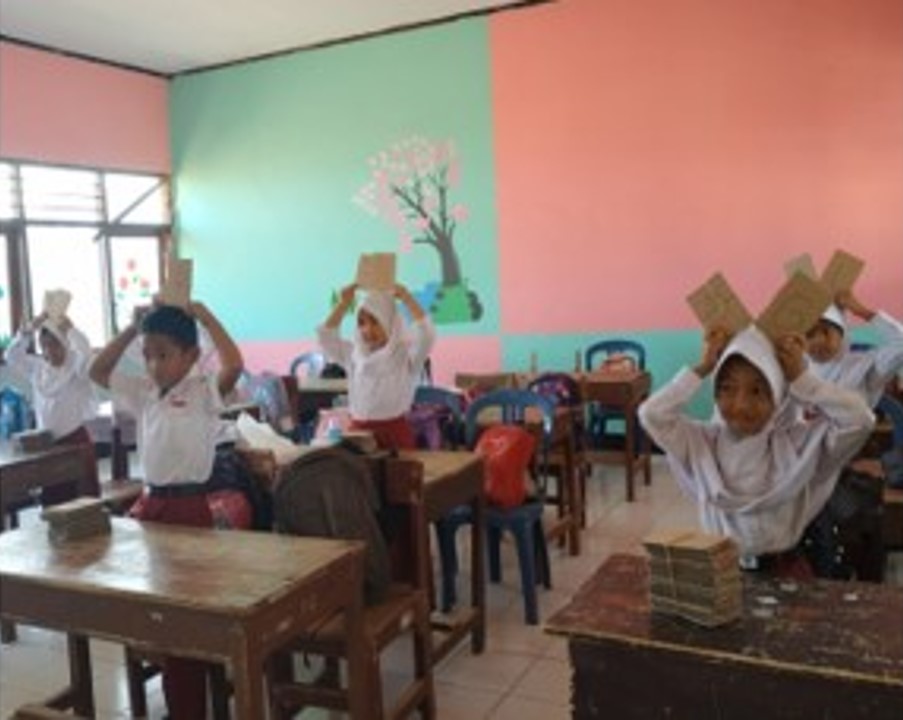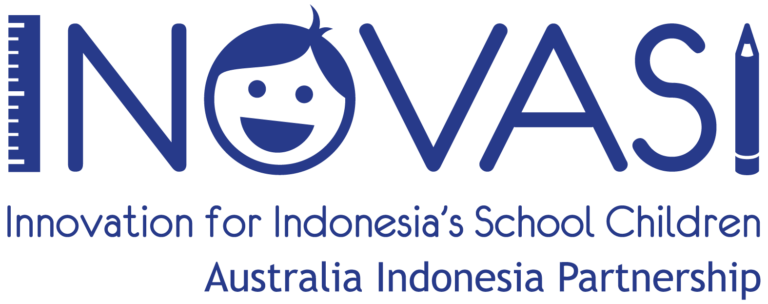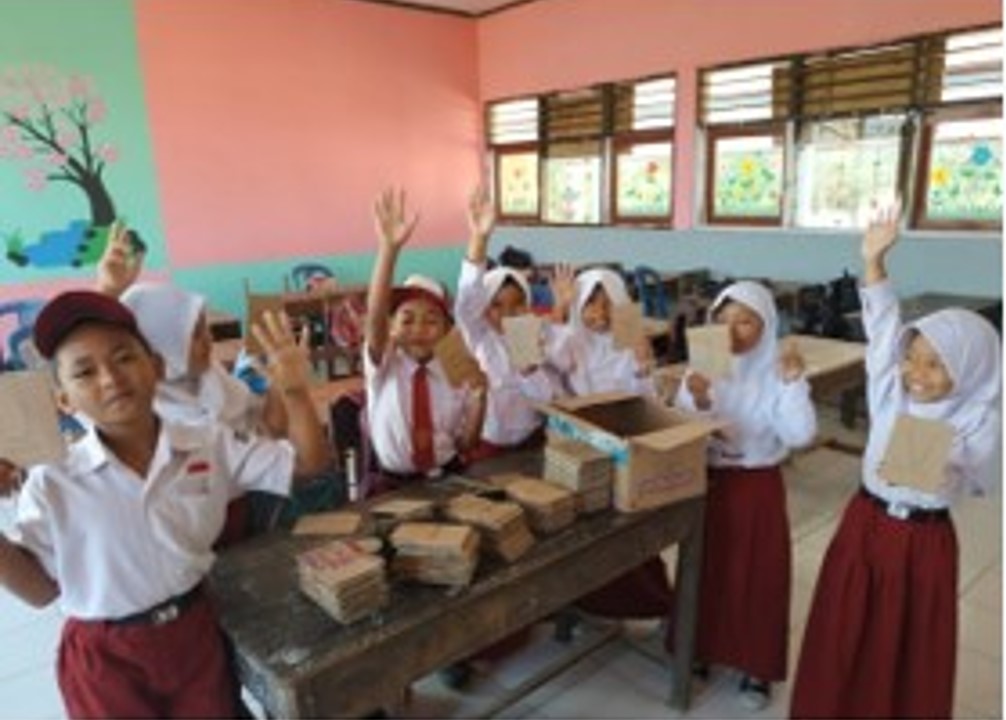
According to the Act of the Republik of Indonesia Number 20 of 2003 Article 3 on national education system, one of the functions of national education is to develop the capability, character, and civilization of the nation to enhance its intellectual capacity. Education is an integral part of the learning process, and good reading skills are necessary in the learning process in order to achieve the best results. Haerul Patoni, a grade 3 teacher at SDN Tambak Sari had seven students in his class who were lacking in their reading skills, making the learning process in the classroom less than optimal. For this reason, Haerul felt the need to find a teaching method that would improve the reading skills of those seven students. One of the methods he chose was using alphabet cards.
Making and Using Alphabet Cards
Haerul first asked his students, those who could not read fluently, to bring a cardboard box to class. The cardboard boxes were used to make alphabet cards, each measuring 15 cm wide and 20 cm long. After the cardboard boxes were cut to size, there were 26 cards (equal to the number of letters in the alphabet). The students then wrote one letter on each card.
The alphabet cards were randomly arranged on a table in advance. The students then rearranged the alphabet cards according to Haerul’s instructions. For example, if Haerul instructed students to pick up the letter D, the students had to quickly select an alphabet card with the letter D on it and raise it above their heads. After the letter D, the students were instructed to pick up the letters A and N. Then the students were assigned to read the collected letters. This activity was done repeatedly with instructions to pick up various letters while paying attention to the words being formed. With this game, the students were able to learn while playing.
Positive Changes in the Students
Haerul conducted this activity three times a week. It is apparent that using alphabet cards was an effective method that resulted in progressing the seven students’ abilities. These seven students are now able to participate more effectively in class even though initially their reading skills were very low.
In the future, Haerul plans to make the learning process with alphabet cards in other classes to help students who are not yet fluent or able to read. Of course, for students in the higher grades, this activity can be conducted after class rather than during class.
Haerul is happy—using alphabet cards helped to improve his students’ reading skills, this in turn has fostered an effective learning process in his classroom.







